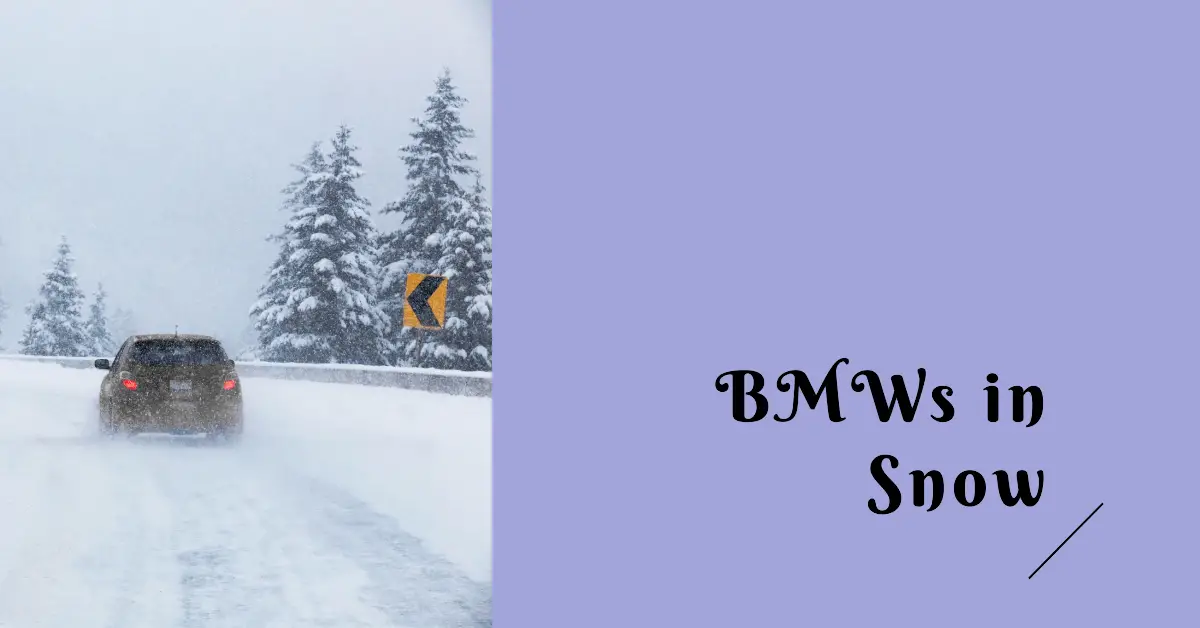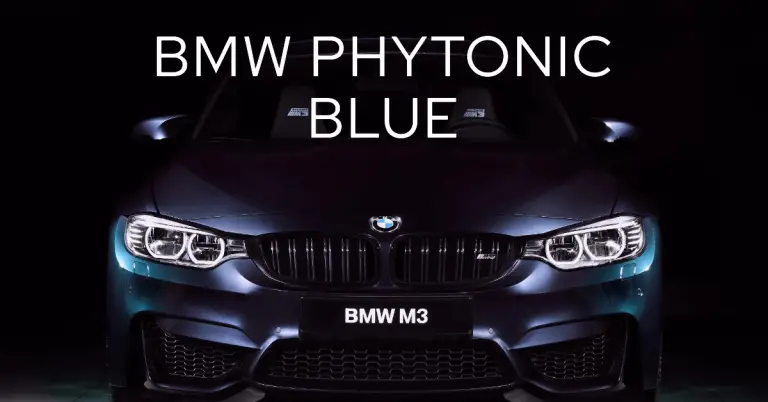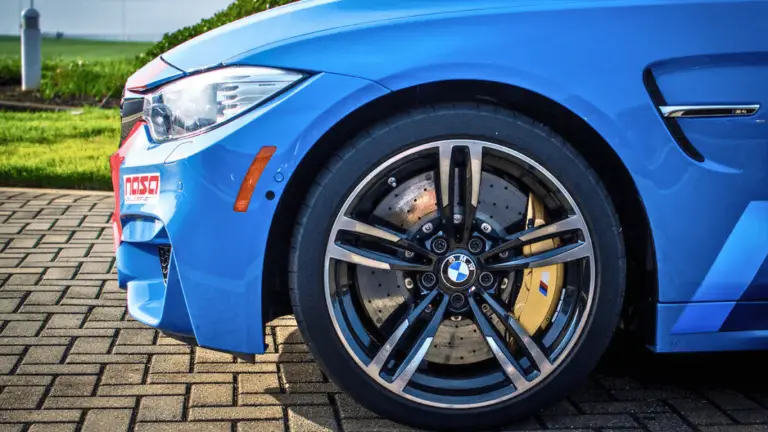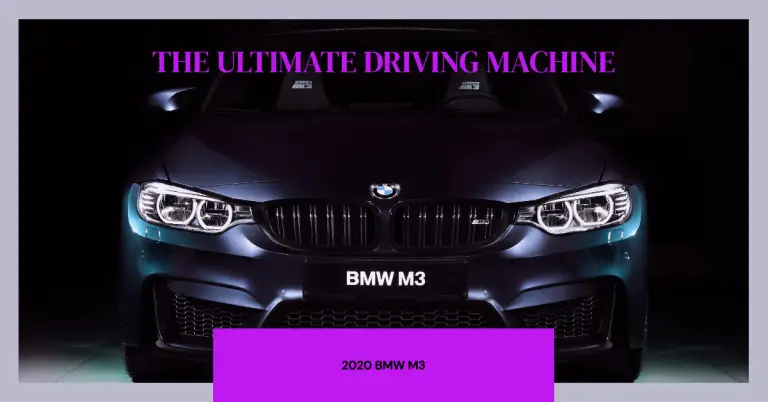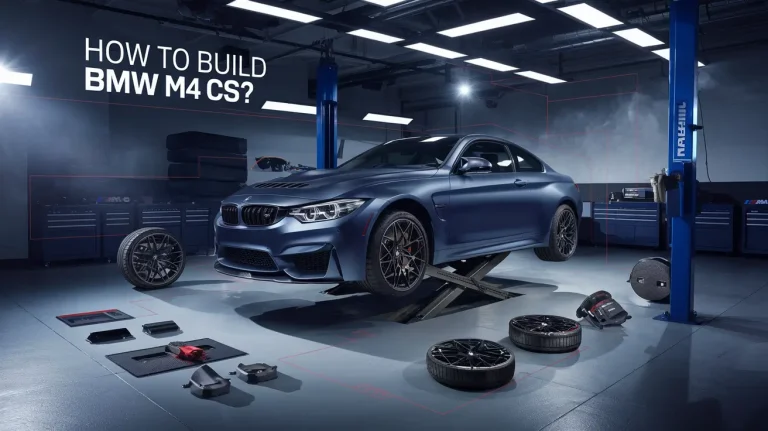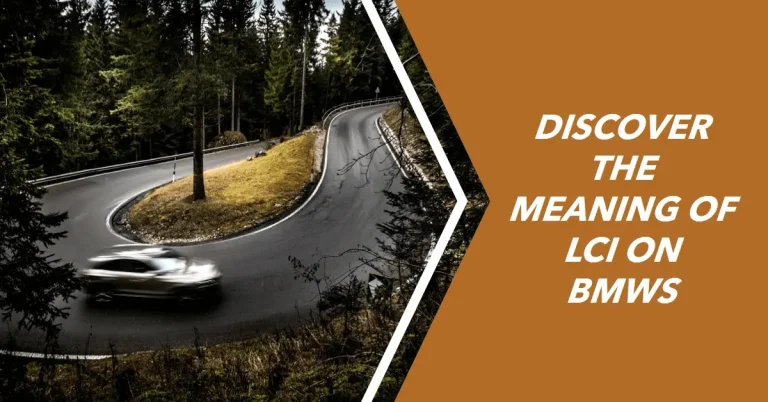Are BMWs Good in the Snow? Expert Analysis and Real-World Testing Results
BMW is known for building the ultimate driving machine, delivering exhilarating performance and handling. But when snow falls and streets become slick, there are questions over how well these luxury performance vehicles manage winter conditions. The perception is that rear-wheel drive BMWs struggle in the snow compared to SUVs or trucks. So what’s the reality? Are modern BMWs good in the snow?
The short answer is yes, newer BMWs are very capable in the snow thanks to advanced traction control systems and available all-wheel drive on most models. However, there are some important factors to consider when it comes to driving a BMW in winter weather.
In this article, we’ll take an in-depth look at how well BMWs perform in the snow. We’ll examine winter driving features, how xDrive AWD improves snow traction, and share owner experiences. Let’s explore the winter driving capabilities of these ultimate snow machines.
BMW’s Winter Driving Technologies and Features
BMW integrates a range of advanced technologies and features to help drivers maintain control and stability in cold, wet, icy, and snowy conditions. These systems and aids are designed to maximize traction, prevent skids, and give drivers confidence when navigating winter roads.
Dynamic Stability Control (DSC)
DSC is one of the most important winter driving aids in BMWs. This system uses sensors to monitor factors like wheel speed, lateral g-forces, and steering angle to detect any loss of traction or instability. When it senses sliding, DSC automatically brakes individual wheels and reduces engine power to help stabilize the vehicle.
DSC works in the background but engages more aggressively in slippery conditions. This technology helps prevent skids and loss of control on icy roads. It’s a critical system for winter safety especially in RWD BMWs.
Dynamic Traction Control (DTC)
While DSC focuses on keeping the car stable, DTC improves traction when accelerating on low-grip surfaces. If the system detects wheel spin during acceleration, it brakes the spinning wheel and sends more power to wheels with grip. This enhances acceleration and control when starting from a stop sign or merging onto a snowy highway.
Cornering Brake Control (CBC)
CBC supplements DSC and DTC by optimizing braking stability through corners in slippery conditions. Using lateral g sensors, CBC can detect whether the vehicle is turning while braking. To prevent instability, it will then proportion more braking force to the front wheels to keep the car balanced through the corner. This improves control when braking into a snowy turn.
Anti-Lock Brakes (ABS) & Brake Assist
ABS prevents wheel lock-up by pulsing the brakes many times per second to allow the tires to keep rolling while hard braking. This allows the driver to maintain steering control and avoid skids during emergency braking on snow and ice.
BMW’s Brake Assist detects panic braking and applies maximum ABS pressure automatically. These safety systems give BMWs responsive, stable braking power on slippery roads.
Heated Seats, Wheel and Mirrors
While not directly related to driving performance, heated seats, steering wheel, and side mirrors add comfort and visibility when driving in cold winter temperatures. Being able to quickly defrost the side mirrors and keep hands warm help make winter driving less tiresome.
How BMW xDrive AWD Improves Traction in the Snow
BMW’s advanced xDrive all-wheel drive system is now available on most model lines from sedans to SUVs. This gives BMWs vastly improved traction and control in snowy and icy conditions compared to rear-wheel drive only models.
Sends More Power to Wheels with Grip
The key benefit of xDrive is that it can dynamically distribute torque between all four wheels as conditions demand. When driving on snow covered roads, the system automatically detects any wheel spin and sends more power to wheels with grip.
This capability minimizes loss of traction when accelerating in slippery conditions. Power goes predominately to wheels that can put it down onto the snowy surface rather than spinning uselessly. This composed acceleration boosts driver confidence in winter weather.
Rear-Wheel Bias Maintains BMW Driving Dynamics
While BMW’s xDrive AWD provides the traction benefits of all-wheel drive, it retains a rear-wheel bias to maintain the traditional BMW driving experience.
Power is typically split 40% front / 60% rear under normal conditions. But the system can continuously vary torque between the axles depending on available traction. This responsive distribution combined with rear-wheel focus gives BMW’s agile, dynamic feel even with the added traction of AWD.
Works Seamlessly with DSC
The xDrive AWD system uses electronic sensors and software to coordinate seamlessly with BMW’s Dynamic Stability Control (DSC). This link between systems allows xDrive to instantly divert power away from any slipping wheel while DSC selectively brakes wheels to keep the vehicle composed.
This synergy between all-wheel drive power distribution and vehicle stabilization results in surefooted traction even in challenging snow conditions. The systems work in unison to maximize control.
Tire Tips For Driving BMWs in Winter Weather
Along with advanced vehicle systems, a good set of winter or all-season tires is crucial to maintaining mobility when roads are covered in snow and ice. Here are some BMW-specific tire tips for winter driving:
Use Winter Tires for Maximum Snow Traction
For drivers in areas with moderate to heavy winter weather, a set of dedicated winter/snow tires is recommended for BMWs. The softer cold weather rubber compound provides dramatically improved grip on snow and ice compared to summer or all-season tires.
BMW owners who switch to winter tires are often amazed at how much more composed and controllable their vehicles feel, even RWD models. The deeper tread blocks also improve snow traction and slush clearance.
All-wheel drive helps accelerate but does not improve braking traction – winter tires do. Investing in high-quality winter tires will provide the biggest improvement in snow and ice handling.
Beware Staggered Tires Causing Uneven Wear
Many BMW models come equipped with wider, lower-profile tires in the rear and narrower tires up front. While this staggered setup benefits dry handling, it can negatively impact winter traction and stability once the tires wear.
As the rear tires wear more quickly, they lose traction sooner resulting in unexpected oversteer. Maintaining equal tread depth or switching to matching non-staggered winter tires is recommended for easier winter handling.
Slightly Lower Tire Pressures Improve Grip
BMW specifies tire pressure levels to balance handling, ride comfort, and fuel efficiency. However, slightly lowering pressures in cold weather can improve snow traction.
The larger tire contact patch allows the tread to cut deeper into snow rather than sliding over the top. Reducing pressure 5-7 PSI during winter months provides a noticeable grip advantage.
High Quality Winter Tires Are Worth the Investment
Premium winter tires from reputable brands like Michelin, Bridgestone, Continental are expensive but provide superior snow and ice traction over cheap tires. The advanced tread compounds, siping technology and winter-focused engineering is clearly felt when driving in snow.
While all-season tires are fine in mild climates, true winter tires are a worthy investment for BMW owners in snowy regions. Quality winter rubber equates to confidence and security when roads are slick.
Owner Experiences – How Real World BMWs Handle Snow
Looking beyond marketing claims and specs, the true test of how well BMWs perform in winter conditions comes from actual owner experiences. Here’s what drivers are saying about driving BMWs in the snow:
Generally Positive With Some Caveats
Across RWD and AWD models, most BMW owners report positive winter driving experiences overall. Traction control and available xDrive gives them confidence in snow, although summer-tire RWD requires extra caution. Ground clearance issues are noted with deep snow.
RWD Needs Winter Tires – But Still Capable
For those limited to RWD models, proper winter tires make a huge difference. While challenging at the limits, BMW’s balanced chassis helps instill confidence once traction is optimized. Light throttle application is key.
xDrive All-Wheel Drive Inspires Confidence
Those driving xDrive-equipped models praise the improved acceleration and stability in low traction scenarios. Power reaches the ground effectively with minimal wheel spin. All-wheel drive allows more leeway for driver mistakes.
Effective Traction & Stability Controls
BMW’s advanced DSC, ABS and traction control systems earn praise for smoothly helping drivers maintain control in slippery conditions. Experiences support BMW’s engineering claims.
Ground Clearance a Limitation
Some owners note issues with high snow and getting stuck when ground clearance is insufficient. SUVs with higher ride height have an advantage in deep unplowed snow compared to lower sedans and sports cars.
Overall Balance & Chassis Dynamics
Even with the limits of RWD and lower ground clearance, BMW’s renowned handling balance and poise boosts driver confidence in winter conditions. Owners feel the chassis’ capabilities despite the weather challenges.
Conclusion
While early BMWs earned a reputation for poor winter traction, modern models are very capable in the snow thanks to advanced traction aids and the available xDrive AWD system. Practice winter driving skills, invest in proper tires, and your BMW can be an exciting partner storming through the snow.
The combination of innovative stability systems, precisely balanced chassis dynamics, and available all-wheel drive gives BMWs composed control on snow covered roads. Add winter tires to maximize grip and these ultimate driving machines become ultimate winter machines.

